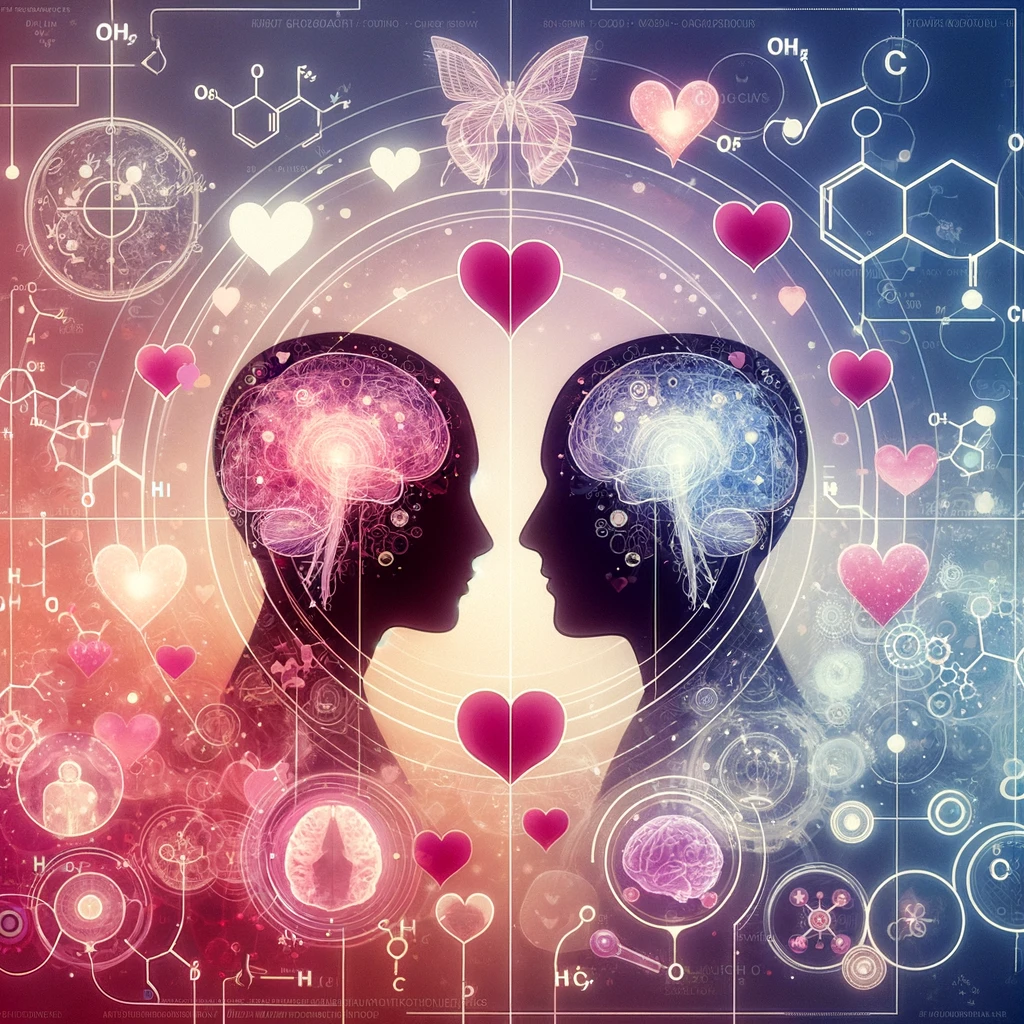Attraction is not just about looks or first impressions; it’s a complex interplay of psychological, physical, and social cues that draw us to someone. At BestOnlineSeduction.com, we explore the scientific underpinnings of attraction to help you understand what ignites that spark. This article will delve into the various elements that influence attraction, offering insights into how you can enhance your appeal to potential partners. Buckle up, its time to deep dive into the science of attaction.
The Psychological Perspective: More Than Meets the Eye
The Role of Personality: Personality plays a pivotal role in attraction. Traits such as kindness, humor, and intelligence are often as influential as physical appearance. Psychological compatibility, including shared values and similar life goals, can significantly heighten mutual attraction, leading to deeper and more meaningful connections.
The Mystery of Pheromones: Pheromones, the chemical signals secreted by our bodies, subtly influence human attraction. Although less understood, pheromones are thought to play a role in signaling genetic compatibility and overall health, which can be subconsciously detected and can influence our romantic preferences.
The Physical Dimension: Beauty in the Beholder’s Eye
Symmetry and Proportion: From a biological standpoint, physical attractiveness often boils down to symmetry and proportion. Studies suggest that facial and body symmetry are indicators of genetic health, which can make symmetrical individuals appear more attractive as potential mates.
The Color Red: Interestingly, the color red has a unique effect on attraction. Frequently associated with love and passion, red can increase one’s attractiveness, possibly because it stands out and draws attention, signaling sexual readiness and social status.
Social Influence: The Power of Perception
Social Proof and Popularity: Attraction can also be influenced by social factors such as social proof, where the attractiveness of a person can be significantly increased by their perceived popularity. Being seen in the company of other desirable individuals can enhance one’s perceived value.
Cultural and Media Influences: Cultural standards and media also shape our perceptions of attractiveness. What is considered attractive in one culture may be different in another, underscoring the importance of societal influences in shaping our romantic inclinations.
Practical Applications: Using Science to Enhance Attraction
Confidence and Body Language: Confidence can amplify your attractiveness. Positive body language like standing tall, making eye contact, and smiling can make a person more approachable and appealing.
Engage in Shared Activities: Engaging in activities with potential partners that elevate the heart rate or mimic the thrill of attraction, such as dancing or exercising, can increase mutual attraction through the misattribution of arousal.
Conclusion: A Multifaceted Approach to Attraction
The science of attraction is intricate, weaving together psychological, physical, and social strands. Understanding these factors can empower you to present yourself in a way that maximizes your innate appeal. Remember, attraction is not solely about altering your appearance or mimicking behaviors; it’s about authentically enhancing and embracing your natural qualities to foster genuine connections.
Use these insights to refine your approach to dating and relationships, leveraging the science of attraction to discover not just any partner, but the right partner for you.



